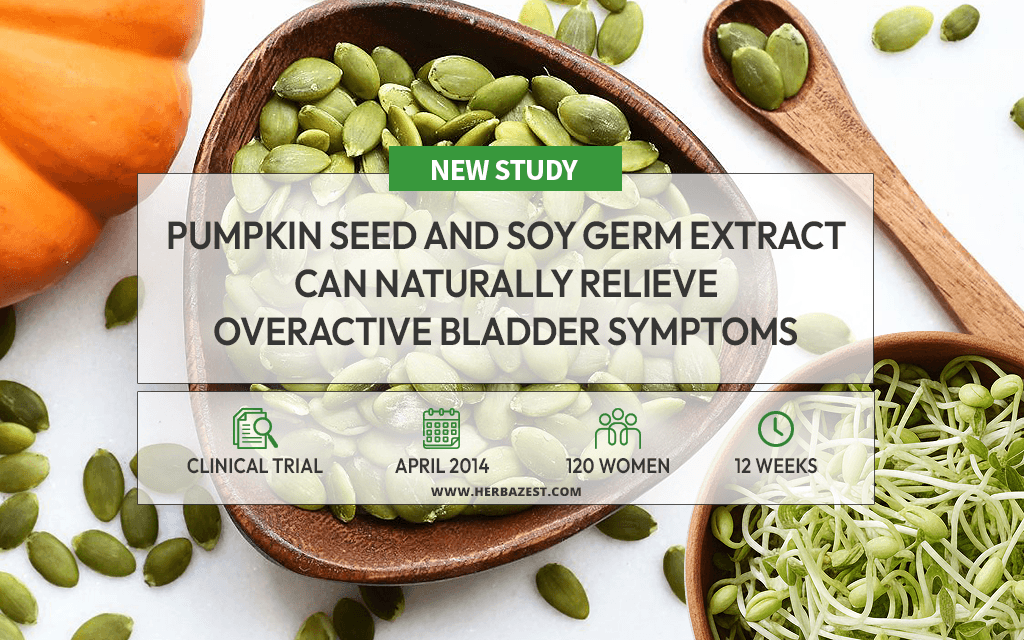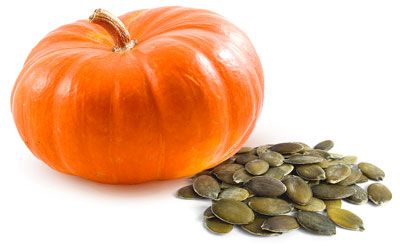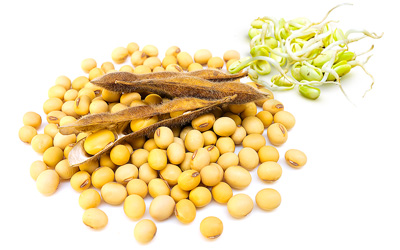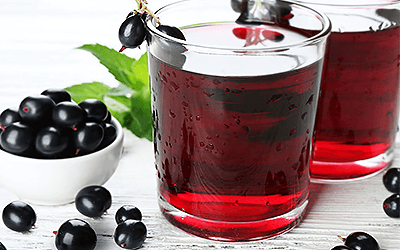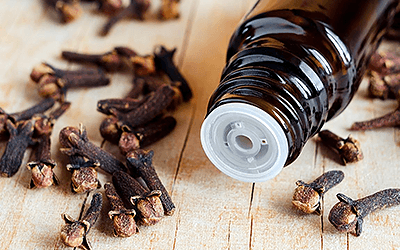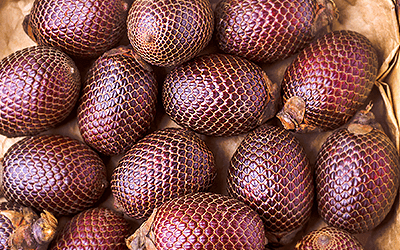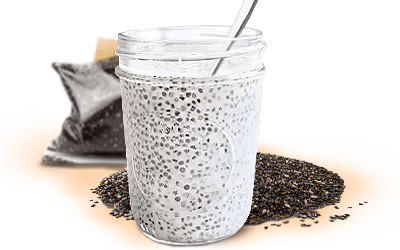Overactive bladder can significantly reduce a person's quality of life and freedom. Because of the stigma associated with the disease, many people do not search adequate treatment, while those who do are often plagued with side effects.
The seeds of pumpkin have been traditionally used for improving bladder control, and several research trials have validated those uses.1 Initial improvements in urinary incontinence were also seen in other studies when pumpkin seed extract was used along with an extract from soy, looking promising for overactive bladder patients.
Consequently, the purpose of this trial was to evaluate the efficacy and safety of pumpkin seed and soy germ extract on overactive bladder symptoms.
The Study
This randomized, double-blind, placebo-controlled study was a collaborative effort between researchers at the Ehwa Woman's University in Seoul, South Korea.
They recruited 120 women suffering from overactive bladder. The intervention was set to last for 12 weeks, during which the experimental group received two tablets containing 250 mg of premixed pumpkin seed and soy germ extract twice daily, while the control took two placebo tablets with 250 mg of maltodextrin twice daily.
The premixed blend was composed of 87.5% pumpkin seed extract and 12.5% soy germ extract. Participants underwent assessment before the study as well as at the 4th, 8th, and 12th weeks. They also maintained bladder diaries.
The Results
Out of 120 enrolled women, 83 successfully completed the trial.
Participants in the experimental group experienced a significant reduction in various symptoms, including urination frequency; urgency; incontinence frequency, maximum urgency score; nocturnal urination frequency, and overactive bladder symptom scale.
The placebo group participants reported improvements in urination frequency, overactive bladder symptom scale, and incontinence frequency, maximum urgency score. This suggests psychological placebo effects.
In terms of self-reported satisfaction among the participants, 38 women in the experimental group expressed a positive response to treatment, and 40 said they wanted to continue with treatment. In contrast, 23 women in the control showed satisfaction and 19 reported willingness to continue.
What Does this Mean?
This study provides evidence that the combination of pumpkin seed and soy germ extract can relieve overactive bladder symptoms naturally and improve quality of life.
Whether used on their own or alongside other behavioral changes, such alternative solutions allow patients to avoid high costs and harmful side effects of conventional treatments. They also give them a chance to manage their symptoms intimately, especially if they feel uneasy about seeking professional help.
Other herbs that may bring relief from overactive bladder symptoms are horsetail and saw palmetto.
Sources
- Journal of Functional Foods, A randomized double-blind placebo-controlled clinical trial of a product containing pumpkinseed extract and soy germ extract to improve overactive bladder-related voiding dysfunction and quality of life, 2014
Footnotes:
- Journal of Traditional and Complementary Medicine. (2014). Pumpkin Seed Oil Extracted From Cucurbita maxima Improves Urinary Disorder in Human Overactive Bladder. Retrieved November 5, 2020 from https://www.ncbi.nlm.nih.gov/pmc/articles/PMC4032845/
